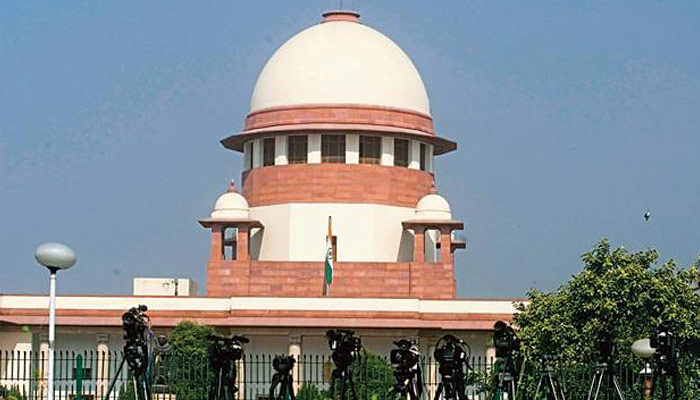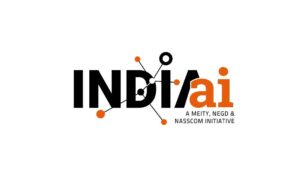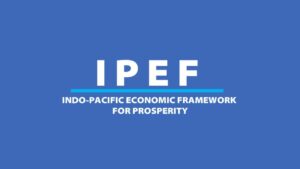The Supreme Court has struck down the circular dated February 12, 2018 issued by the Reserve Bank of India (RBI) which laid down a revised framework for the resolution of stressed assets.
According to the latest data, the total NPAs in the economy stand at Rs 9.6 lakh crore. About 88% of these are from loans and advances of public sector banks. In the last few years, gross NPAs of banks have increased from 2.3% of total loans in 2008 to 9.3% in 2017. Out of the total NPAs, 22% are from priority sector loans, and 78% were from non-priority sector loans. Priority sectors are identified by the RBI and include agriculture, housing, education and small scale industries. To address the problem of growing NPAs, banks have taken certain measures. First is internal restructuring of stressed assets, and second, legislative means of resolving NPAs under various laws (like the Insolvency and Bankruptcy Code, 2016).Over the years, the RBI has issued various guidelines for banks aimed at the resolution of stressed assets in the economy. These included introduction of certain schemes such as: (i) Strategic Debt Restructuring (which allowed banks to change the management of the defaulting company), and (ii) Joint Lenders’ Forum (where lenders evolved a resolution plan and voted on its implementation).
Now the next is the legislative measures -The Insolvency and Bankruptcy Code (IBC) was enacted in May 2016 to provide a time-bound 180-day recovery process for insolvent accounts. When a default occurs, the creditors or debtor may apply to the National Company Law Tribunal for initiating the resolution process. Once the application is approved, the resolution process will have to be completed within 180 days (extendable by 90 days) from the date of approval. The resolution process will be presided over by insolvency professional to decide whether to restructure the loan, or to sell the defaulter’s assets to recover the outstanding amount. If a timely decision is not arrived at, the defaulter’s assets are liquidated.
The Banking Regulation (Amendment) Act, 2017
The amendment allows RBI to direct banks to initiate recovery proceedings against defaulting accounts under the IBC. Further, under Section 35AA of the Act, RBI may also issue directions to banks for resolution of specific stressed assets. In June 2017, an internal advisory committee of RBI identified 500 defaulters with the highest value of NPAs. The committee recommended that 12 largest non-performing accounts, each with outstanding amounts greater than Rs 5,000 crore and totalling 25% of the NPAs of the economy, be referred for resolution under the IBC immediately. Proceedings against the 12 largest defaulters have been initiated under the IBC.
The February 12 circular issued by the RBI
Subsequent to the enactment of the IBC, the RBI put in place a framework for restructuring of stressed assets of over Rs 2,000 crore on or after March 1, 2018. The resolution plan for such restructuring must be unanimously approved by all lenders and implemented within 180 days from the date of the first default. If the plan is not implemented within the stipulated time period, the stressed assets are required to be referred to the NCLT under IBC within 15 days. Further, the framework introduced a provision for early identification and categorisation of stressed assets before they are classified as NPAs.
Borrowers whose loans were tagged as NPAs before the release of the circular recently crossed the 180-day deadline for internal resolution by banks. Some of these borrowers, including various power producers and sugar mills, had appealed against the RBI circular in various High Courts. A two-judge bench of the Allahabad High Court ruled in favour of the RBI’s powers to issue these guidelines, and refused to grant interim relief to power producers from being taken to the NCLT for bankruptcy. These batch of petitions against the circular were transferred to the Supreme Court, which issued an order in September 2018 to maintain status quo on the same.
The Supreme Court order
The Court held the circular issued by RBI was outside the scope of the power given to it under Article 35AA of the Banking Regulation (Amendment) Act, 2017. The Court reasoned that Section 35AA was proposed by the 2017 Act to authorise the RBI to issues directions only in relation to specific cases of default by specific debtors. It held that the RBI circular issued directions in relation to debtors in general and this was outside their scope of power. The court also held that consequently all IBC proceedings initiated under the RBI circular are quashed.
During the proceedings, various companies argued that the RBI circular applies to all corporate debtors alike, without looking into each individual’s sectors problems and attempting to solve them. For instance, several power companies provided sector specific reasons for delay in payment of bank dues. The reasons included: (i) cancellation of coal blocks by the SC leading to non-availability of fuel, (ii) lack of enough power purchase agreements by states, (iii) non-payment of dues by DISCOMs, and (iv) delays in project implementation leading to cost overruns. Even the Parliamentary Standing Committee on Energy had noted that the ‘one size fits all’ approach of the RBI is erroneous.






















